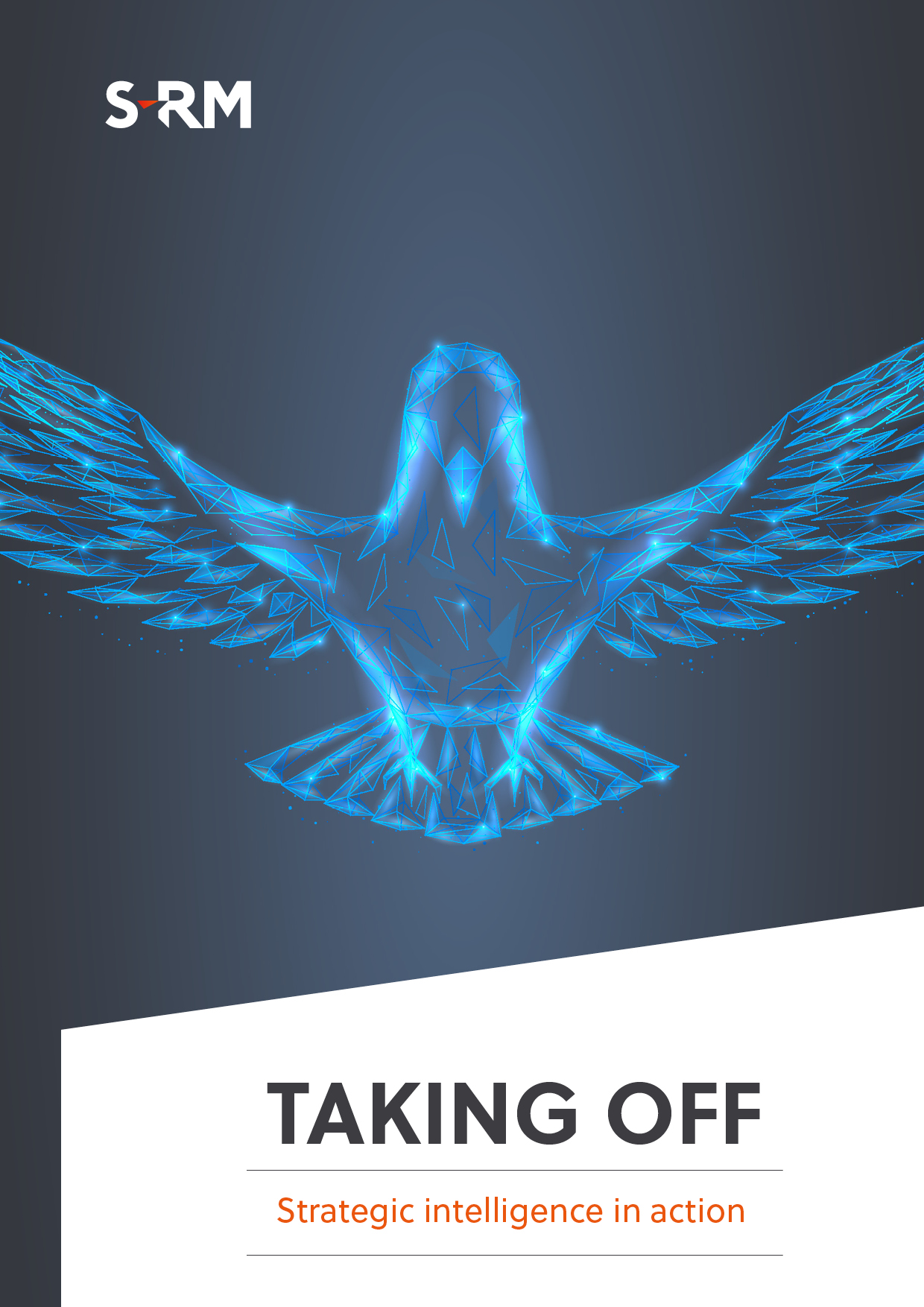Gabrielle Reid and Markus Korhonen wrap up our series looking at four techniques used in strategic intelligence work with an overview of threat assessments. Organisations big and small will benefit from a thorough understanding of their operating environment, and a robust approach to threat assessments will not only inform their understanding but help build resilience too.
From conflicts that drive supply chain disruptions to activists targeting companies in protests over their environmental policies or governance practices, businesses face a myriad of complex and sometimes volatile operational and security challenges. These challenges are often unique to a company’s sector, locations and activities – meaning that simply maintaining a cursory understanding of the environment around you is often insufficient in fully understanding the threats your business may face. But, how do you know which threats are relevant to your business? Have you considered emerging dangers you may be overlooking? How do you decide what to prioritise, and how will these threats develop over the course of your commercial engagement? Internal investment committees, risk practitioners and other key stakeholders are increasingly leaning on forward-looking threat assessments to help answer these questions, aiding decision-making around risk management practices and investment choices.
Figure 1: Thinking through the threats to your business

Cutting through the noise – establishing the who, why, how and ‘so what’
What do we mean when we speak about “assessing threats” and how do we approach this? Threat assessments help to identify the threat actors present in a particular environment, and establish whether they have the requisite ability to act against your business today, and in the longer term. They can paint a broad picture of the threat landscape and present an outlook for companies wanting to enter a new market, or answer specific questions to support security practitioners in identifying the dangers facing a particular venture or event. Whether high-level or bespoke, the value in such assessments lies in analysis that is underpinned by a sound methodology, based on industry best practices, and centred on a business’s particular profile, concerns, and unique exposure in their jurisdiction(s).
Digging in: Threat assessments in the mining sector
Consider an investment committee deliberating on a potentially lucrative mining project – an exciting opportunity, but what if the project is located among restive communities with a track-record of anti-mining protests, pipeline sabotage, and attacks on mining personnel? It would be less relevant, then, to simply identify all threat actors present near the prospective project site, and far more helpful to understand which groups may be capable of and likely to pursue hostile action against you. In Chile and Peru’s mining regions, for example, major anti-mining protests have regularly forced operators to suspend production. In the US, the steps taken by such threat actors may be subject to the political winds of change, while across long-term mining, construction or infrastructure developments, investors will be concerned with guarantees of political stability and policy certainty.
Establishing what form associated threats might take, or indeed what could motivate threat actors to mobilise, and whether this could feasibly interfere with operations over the course of a project timeline can help businesses decide how to mitigate the risks, capture the opportunity and reap the rewards. A comprehensive understanding of the threats present in the surrounding environment can inform better decision-making regarding which security procedures to implement, which stakeholder relationships to foster, and how to ensure supply chain resilience and business continuity in the event of disruptions.
Understanding volatile operating environments
Such longer term investments are often vulnerable to both localised security dynamics and their wider drivers, like political, economic, technological and geopolitical developments. Russia’s invasion of Ukraine in 2022 and the outbreak of fighting in Sudan in April 2023 are recent demonstrations of the threats that conflict and political violence pose to businesses both in the infrastructure and energy sector, as well as commercial operators reliant on these industries. Such instability can present immediate security threats to sites, but at the same time can disrupt key logistic channels. From duty of care considerations if needing to evacuate staff, to managing operational downtime or navigating the reputational blowback from a failure in fully appreciating the risks to your business, any mitigation measures should be cemented in an accurate and thorough understanding of the threat environment.
A robust consideration of the dangers present in your operating environment – and how they affect your business – may mean the difference between being prepared, or being caught off-guard. Threat analysis that informs effective risk mitigation, or aids decision-makers in understanding their operating environment, could help businesses build resilience.
Miss the earlier articles? Simply use the link on the left to download the full series.



 Email Gabrielle
Email Gabrielle





 @SRMInform
@SRMInform
 S-RM
S-RM
 hello@s-rminform.com
hello@s-rminform.com

